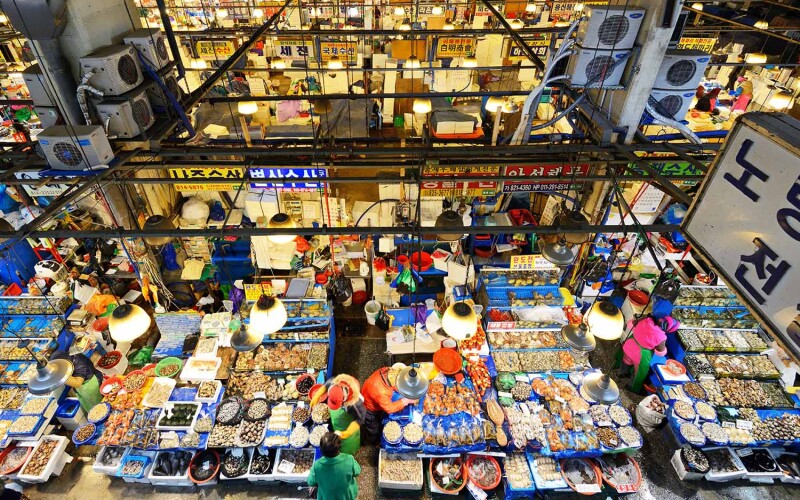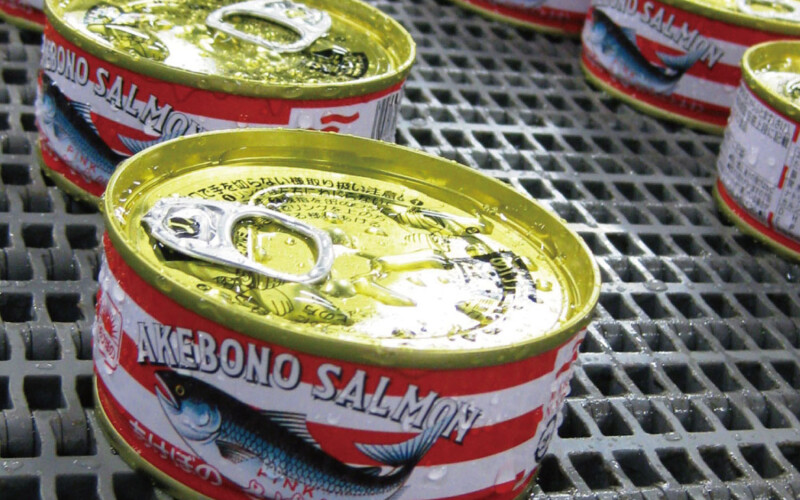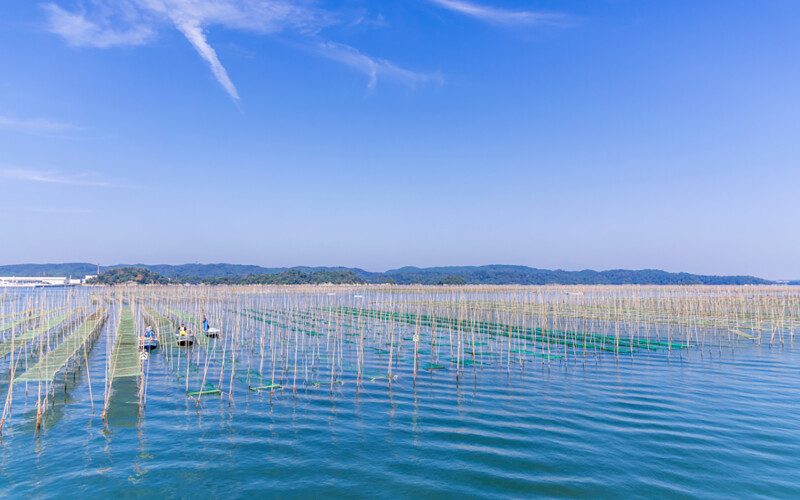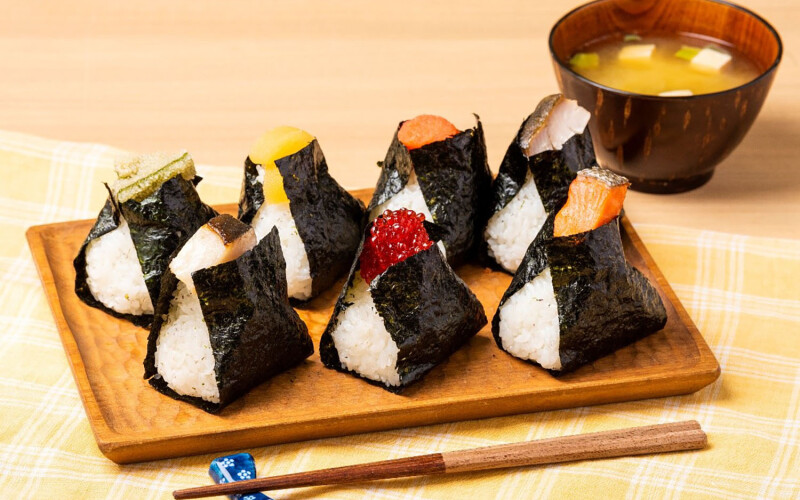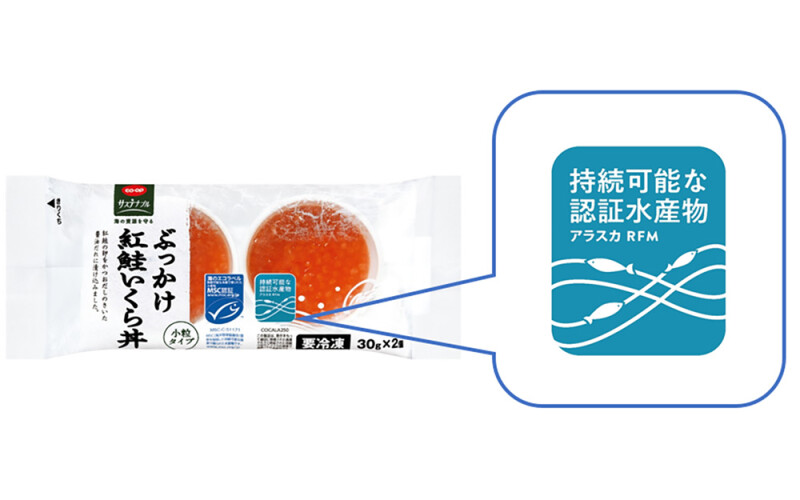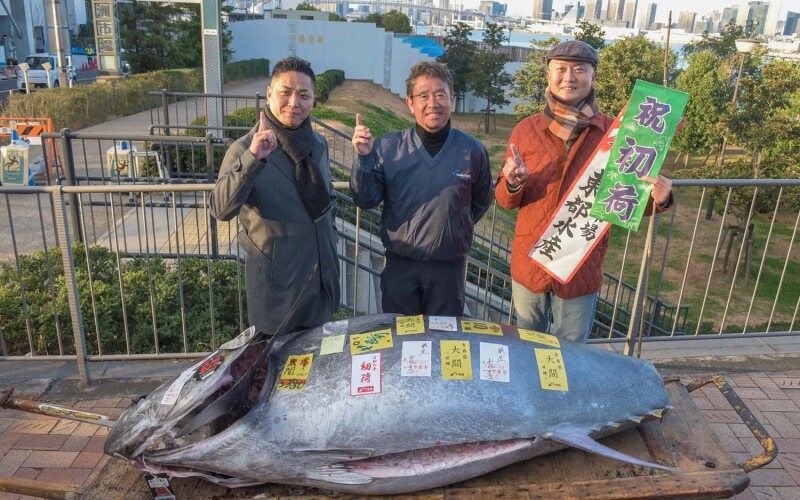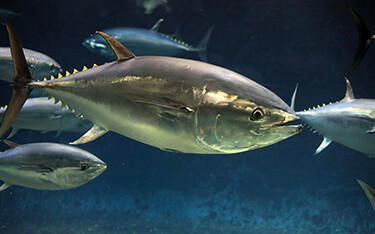Chris Loew reports from Osaka, Japan as a contributing editor for SeafoodSource.com. In addition to writing for SeafoodSource.com, he covers Japan for
Author Archive
Restaurants in Japan are working to expand consumption of onigiri, or Japanese rice balls, by making the traditionally simple product a gourmet experience for consumers through careful ingredient selection and the addition of unique flavors.
Those efforts have started to pay off.
Yumiko Ukon, the president and CEO of Bongo, a popular Tokyo rice ball chain, said she was surprised at the long lines of customers her shop has seen over the past
… Read MoreTwo major Japanese supermarket chains – JCCU and Seven & i Group – have expanded the certifications they accept when purchasing seafood products beyond Marine Stewardship Council (MSC) and Aquaculture Stewardship Council (ASC) credentials, with both now welcoming any seafood products bearing a certification recognized by the Global Sustainable Seafood Initiative (GSSI).
One certification trying to take advantage of this less
… Read MoreTokyo, Japan-based General Oyster Corporation has developed an innovative purification system that aims to eliminate instances of vibrio and norovirus in its products on a mass scale, as instances of both have resulted in recent recalls and general wariness among consumers.
Consumer anxiety around the safety of oysters is particularly prevalent in Japan, where diners rarely eat oysters raw due to the country’s warm, subtropical waters that
… Read MoreU.S. sanctions are forcing Russian crab suppliers to find new markets, and Japan has become a new destination for deeply discounted king crab, snow crab, and horsehair crab.
The U.S., which was formerly the biggest purchaser of crab from Russia, introduced an embargo on imports of Russian seafood in March 2022 as part of sanctions related to the Russian invasion of Ukraine. The country recently expanded that ban to include products that stem
… Read MoreDuring the first tuna auction of the new year at Tokyo's Toyosu Fish Market, a bluefin weighing 238 kilograms sold for JPY 114.24 million (USD 787,342, EUR 720,740) – the fourth-highest amount on record and a sign of renewed confidence in the economic recovery of Japan’s hospitality industry.
Intermediate wholesaler Yamayuki and the operator of the Sushi Ginza Onodera restaurant – both based in Tokyo – jointly bid on the
… Read MoreIn an attempt to further the discussions held at 2023’s Tokyo Sustainable Seafood Summit (TSSS), an industry workshop took place after the event that aimed to get sweeping opinions on the merit of using electronic monitoring (EM) on vessels operating within the waters overseen by regional fisheries management organizations (RFMOs).
The latest edition of TSSS, which took place in October 2023, included talks on preventing labor abuse in the
… Read MoreJuvenile Pacific bluefin tuna are plentiful in Japanese coastal waters, but the country’s fishermen aren’t celebrating as a low total allowable catch (TAC) is forcing them to release target fish to avoid catching too many bluefin, losing out on lucrative mackerel and yellowtail in the process.
Juvenile bluefin – defined as bluefin under 30 kilograms – is considered a choke species, or a species with a small quota often
… Read More






